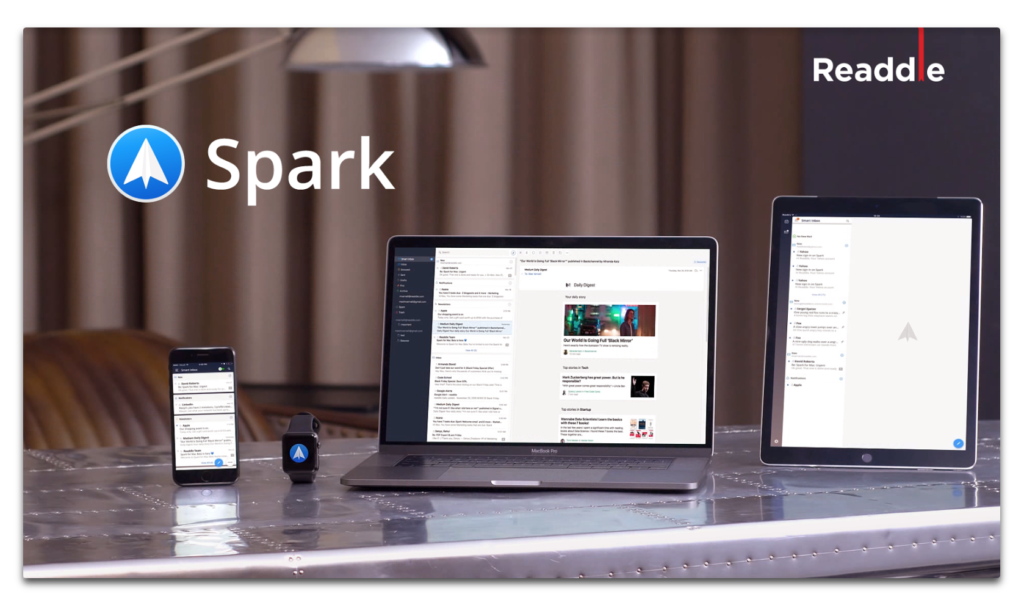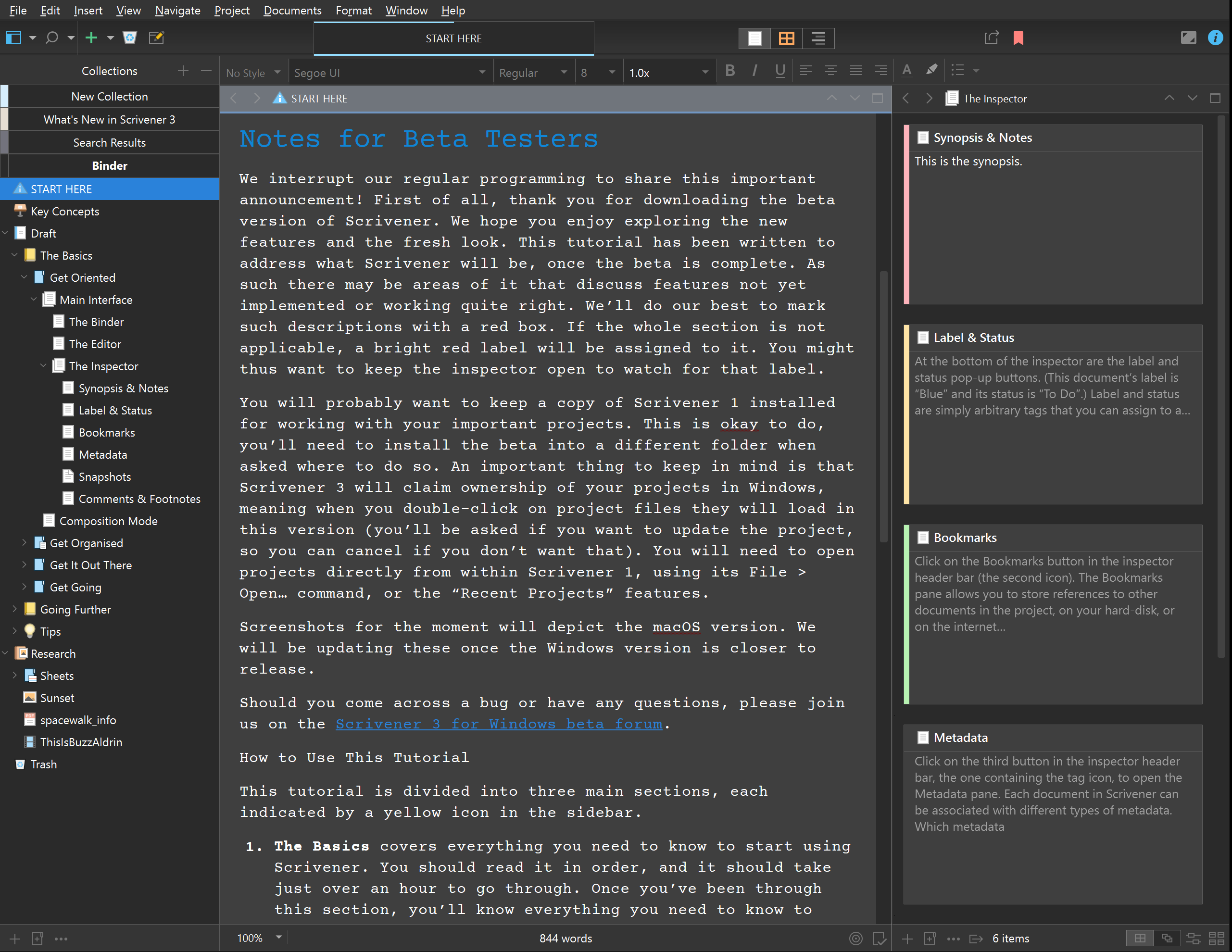

In other words, instead of putting a source in either a folder about teachers salaries ( salaires in French) or Parakou (a town in Benin) when I searched for either, the file came up. This allowed me to group my sources in a flexible and dynamic way. In its purest form, what I did was “tag” my sources with key terms, which I could then call up later. I found these three posts ( 1, 2, 3) by Rachel Leow especially useful for starting off.Ī few years ago I learned about metadata and I was transfixed. So if in a few minutes you’re reading and thinking that what I’m describing is too complex or too difficult, just remember that I also started from zero. I went into cataloguing my sources as a complete novice. Not only that, but I’d like to propose that the act and process of cataloguing your sources is an act of analysis and interpretation crucial to formulating an argument. What do we do with this abundance of sources? My premise for going into this is that in the struggle to transform sources into a written argument, knowing what you have is half the battle.
Scrivener and devonthink pro full#
If you’re like me, you have an external hard drive full of digital photos you took.

Most of us who work on the 20th century come back from the archives with more sources than we know what to do with.

A roundtable I co-organized on digital tools for historians for the American Historical Association 2015 meeting is up on H-Digital-History. * If you would prefer to listen and look at slide decks, please click here. Metadata As An Analytical and Writing Tool


 0 kommentar(er)
0 kommentar(er)
